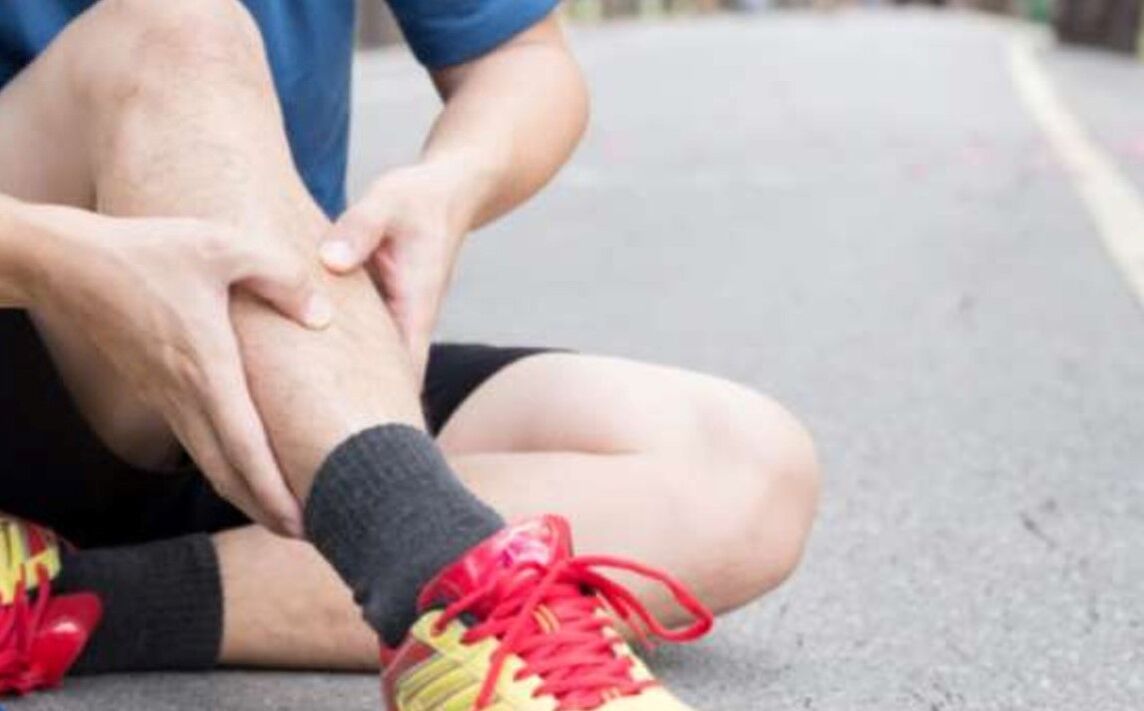Varicose veins are traditionally considered a "female" disease. But this idea is wrong, men also suffer from varicose veins. In addition, they boldly tolerate manifestations, and when the disease is already in development, they go to the doctor too late, and this is not surprising: men are not so worried about the visual consequences of varicose veins - spider veins, protruding veins. few people know that the disease can progress to trophic ulcers.

Varicose veins begin long before the twisted, dilated veins in the legs are visible. It is a process that can progress and take a long (chronic) course. Venous blood stagnates in the arteries, which must flow from the legs to the bottom and carry metabolic products. Inside the arteries are valves that prevent blood from flowing back. As the disease progresses, the valves in the arteries stop closing completely and some of the blood flows in the opposite direction. Due to excessive blood accumulation, the walls of the arteries dilate and become crooked. Circulation is disturbed, swelling, pain and heaviness are felt.
If left untreated, varicose veins can lead to complications: thrombophlebitis (inflammation of the walls of blood vessels with blood clots), dermatitis, trophic ulcers - open wounds that do not heal with the risk of infection. In some cases, complications of the disease can lead to disability. Varicose veins are not just a lesion of the veins in the legs, but an equally serious problem for a man is the dilation of the pelvic vessels. In particular, it can contribute to other problems such as hemorrhoids.
What contributes to the development of varicose veins:
The main factors influencing the development of varicose veins are a sedentary lifestyle, sedentary work, overweight. Irrational eating also plays an important role. For example, the consumption of large amounts of meat, spicy, starchy, low-fiber foods can lead to the development of chronic constipation, which increases blood stasis in the small pelvic and leg arteries. The effect of alcohol is significant: drinking alcohol causes excessive relaxation of the venous wall. Varicose veins are already stretched and alcohol increases the negative effects and contributes to the development of the disease.
Symptoms of varicose veins:
- vascular networks or telangiectasia;
- dilated, mixed veins or varicose veins;
- skin discoloration, dryness, thinning.
There may be more specific symptoms that indicate the development of varicose veins:
- feeling of fullness and heaviness in the legs;
- pain in calf muscles;
- itching, burning, tingling and even nocturnal cramps;
- tiredness;
- symptom of restless feet.
How to treat varicose veins
Treatment of varicose veins should be comprehensive: the doctor chooses a treatment plan. It is advisable to adjust your lifestyle. Benefits for vascular health:
- physiotherapy;
- walking;
- swimming;
- cross-country skiing;
- bicycle.
Thigh, thigh, foot and foot massage is helpful to help blood flow more actively through the arteries. The muscles (from the hips to the feet) should be lightly rubbed and shaken without affecting the dilated arteries themselves. The duration of the procedure is 5-10 minutes daily.
An important place in the treatment is given to special drugs that improve vascular tone - venotonics.
Venotonics is local and systematic
For example, local or foreign, it is a three-component preparation that penetrates quickly into the skin thanks to an innovative delivery system of substances and helps fight weight and swelling in the legs, and it does not leave a sticky feeling. marks on clothes and skin. . .
As a rule, the use of topical drugs in combination with systemic venotonics is recommended (those taken orally, in tablet form). It works at any stage of varicose veins, affects the cause of varicose veins from the inside and helps to cope with pain and swelling in the legs. The drug is convenient to use: only 1 tablet per day, 1000 mg per day.
Varicose veins are a sexually transmitted disease. It should be treated as soon as possible, starting from the first signs of the disease. Approaches include lifestyle changes, wearing special compression stockings (there are comfortable knee pads for men), and the use of prescription medications.













































